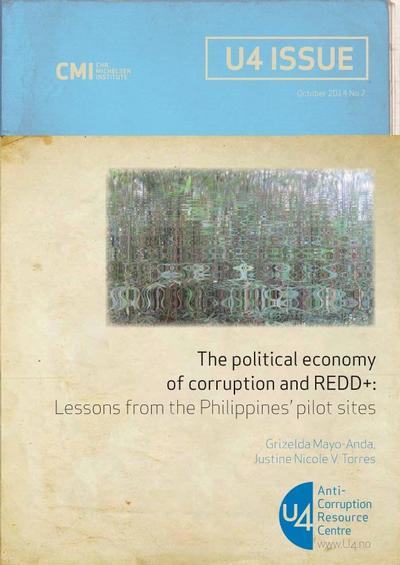Decision No. 512/QD-TTg approving the master plan on socio-economic development of Cao Bang province through 2020, with a vision toward 2025.
This Decision approves the master plan on socio-economic development of Cao Bang province through 2020, with a vision toward 2025 (below referred to as the master plan) with the following principal contents: 1. The master plan on socio-economic development of Cao Bang province through 2020, with a vision toward 2025 must conform to the national socio-economic development strategy, the master plan on socio-economic development in the northern midland and mountainous region and ensure consistency with the sectoral development master plans. 2.








